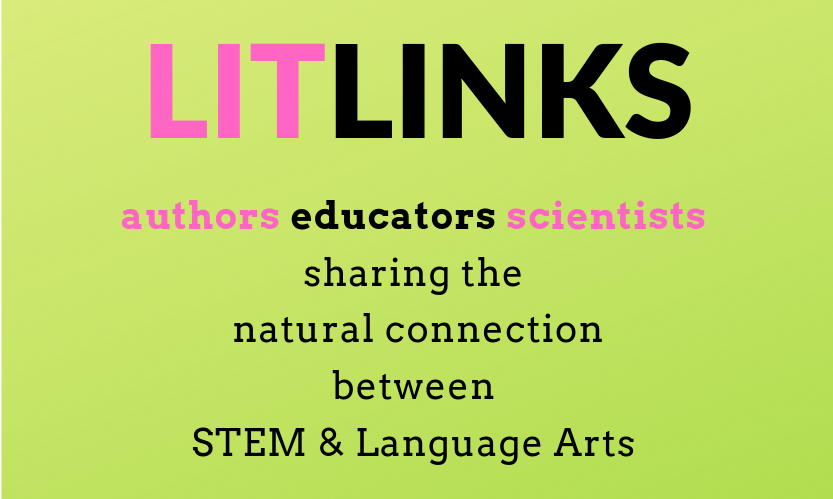
GUEST BLOGGER ALISON PEARCE STEVENS
In the midst of climate change and ecosystem destruction, it can be helpful to pause to take in the bigger picture. If we look into evidence from the past, we find that our planet didn’t always look the way it did now. Things change: Plants and animals go extinct and others take their place. Ecosystems change over time. Look back far enough, and entire continents have moved. It can be a relief for students to realize that change happens and can be okay. (To be clear, our current environmental issues are human caused and must be dealt with, but that’s a post for another day. We’re talking about changes that happened before humans arrived on the scene.)
My middle-grade nonfiction book, Rhinos in Nebraska: The Amazing Discovery of the Ashfall Fossil Beds takes readers into the heart of North America 12 million years ago, when rhinos, elephants, camels, three-horned deer, three-toed horses, and beardogs roamed the Great Plains. It’s a scene straight out of modern-day Africa, and a rather jaw-dropping realization that this continent could and did look entirely different than it does now.
Searching for evidence
One of the big topics I cover in Rhinos is ‘How do we know’? How can we possibly know what happened 12 million years ago, when there was no one around to document it? It’s all about the evidence.
Supporting arguments with evidence are essential for many aspects of life. We want juries to make decisions about guilt or innocence based on the evidence presented during a trial. We want scientists to draw conclusions based on the evidence they’ve amassed. And we want students to back up their positions and arguments using evidence.
Try turning text dependent analysis on its head by asking students to analyze a chapter of Rhinos in Nebraska: The Amazing Discovery of the Ashfall Fossil Beds using the following writing or discussion activities.
Activity 1: Identifying evidence
1. Have students read the chapter titled “Eureka!” (starting on page 56)
2. Ask them what kinds of evidence the author used to explain convergent evolution.
3. How did the author build a case for this phenomenon in the text?
Activity 2: Examining details
1. Using the same chapter, ask students to now focus on what the scientist, Alan Feduccia, did.
2. What was his conclusion about the long-legged hawk?
3. What evidence did he use to determine it was a case of convergent evolution?
4. How did he know this bird wasn’t actually a secretary bird?
5. Based on what he knew about secretary birds, how did this hawk probably hunt? What did it likely eat?
Activity 3: Integrating knowledge
1. Have students read the chapter titled “How Old?” (starting on page 25)
2. Ask them to identify the pieces of evidence used to find the age of the ash in the ash bed.
3. How accurate was the resulting age, based on John Boellstorff’s research?
4. Have students record the estimated age of the ash based on this first piece of evidence.
5. Now have students read the chapter titled “Finding the Volcano” (starting on page 90).
6. Ask them how old the ash was based on Mike Perkins’s research. Did his findings fit with those from John Boellstorff? Did Mike Voorhies (the lead scientist in this story) have to revise his estimate of the volcano’s age? Students should be able to back up their answers with evidence!
7. If you have time, have them read “More Evidence” (starting on page 115). Researchers used one final method to date the ash. What was it? Did it support the other evidence? How were scientists able to amass all of these pieces of evidence to come to a final answer about when the volcano erupted?
Featured image: “Aphelops sp. (fossil rhinoceros) (Ash Hollow Formation, Middle Miocene; Hottell Ranch, near Harrisburg, Nebraska, USA) 1” by James St. John is licensed under CC BY 2.0
Alison Pearce Stevens, Ph.D. was a science professor until life took her overseas, at which point she started writing about science and nature for kids, because she’s an educator at heart and had to find new ways to share cool things with the world’s most curious people. Alison writes lots of fun nonfiction: articles, picture books, and middle grade books. All of her work is inspired by a love of science and nature. Her latest book, Rhinos in Nebraska: The Amazing Discovery of the Ashfall Fossil Beds (Godwin Books/Henry Holt BYR), just hit bookstores. You can learn more about her at apstevens.com. She occasionally tweets and posts on Instagram at @AlisonPStevens.


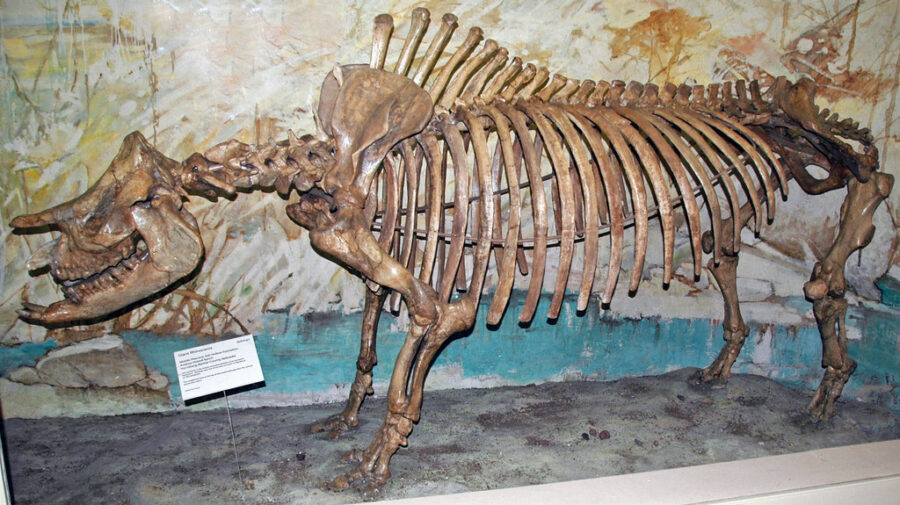
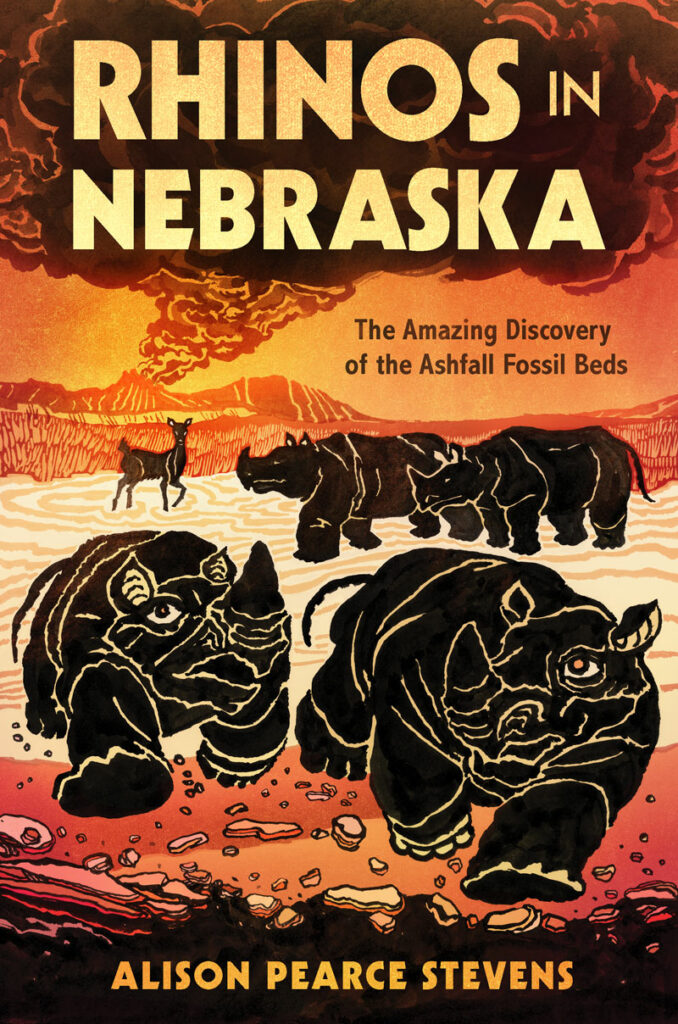
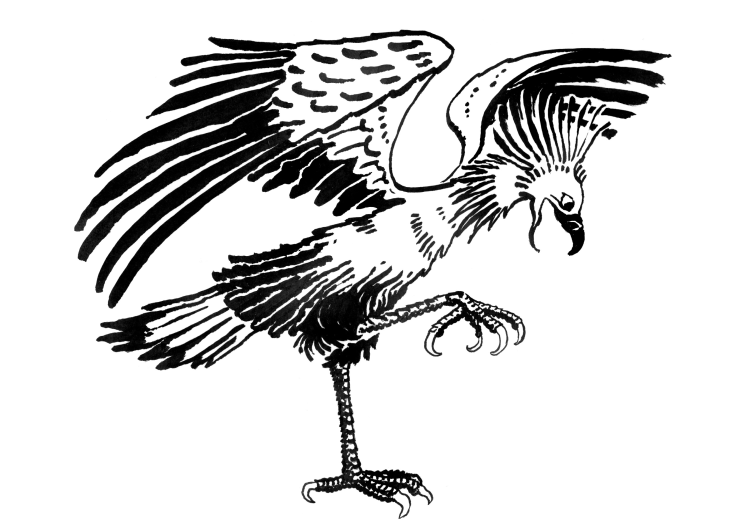
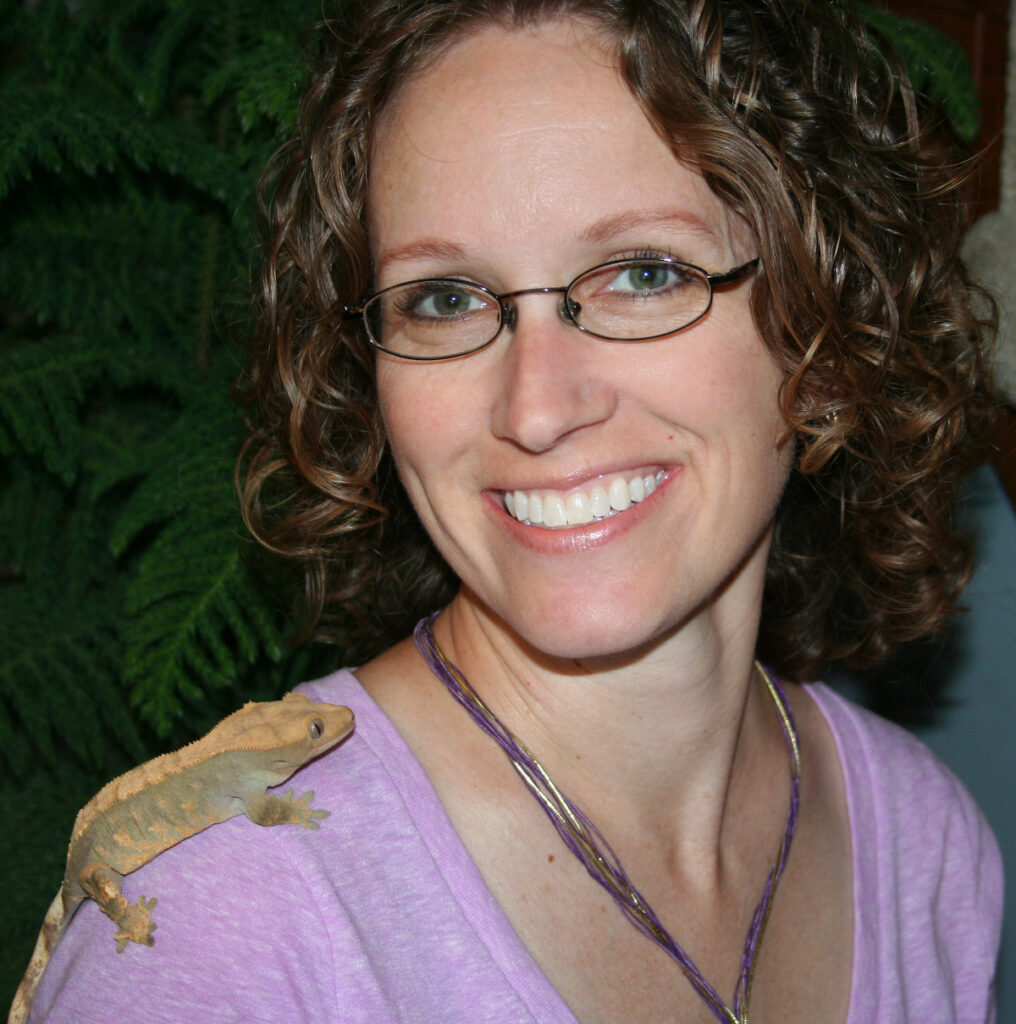
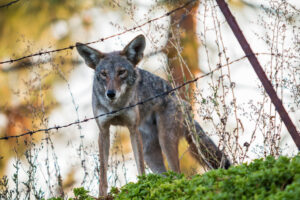
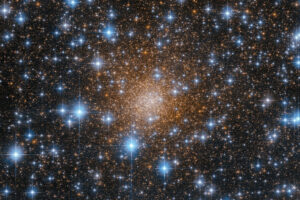
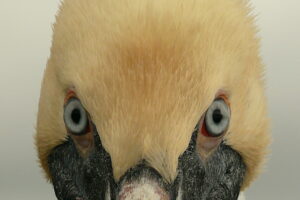


Leave a Reply
Your email is safe with me.